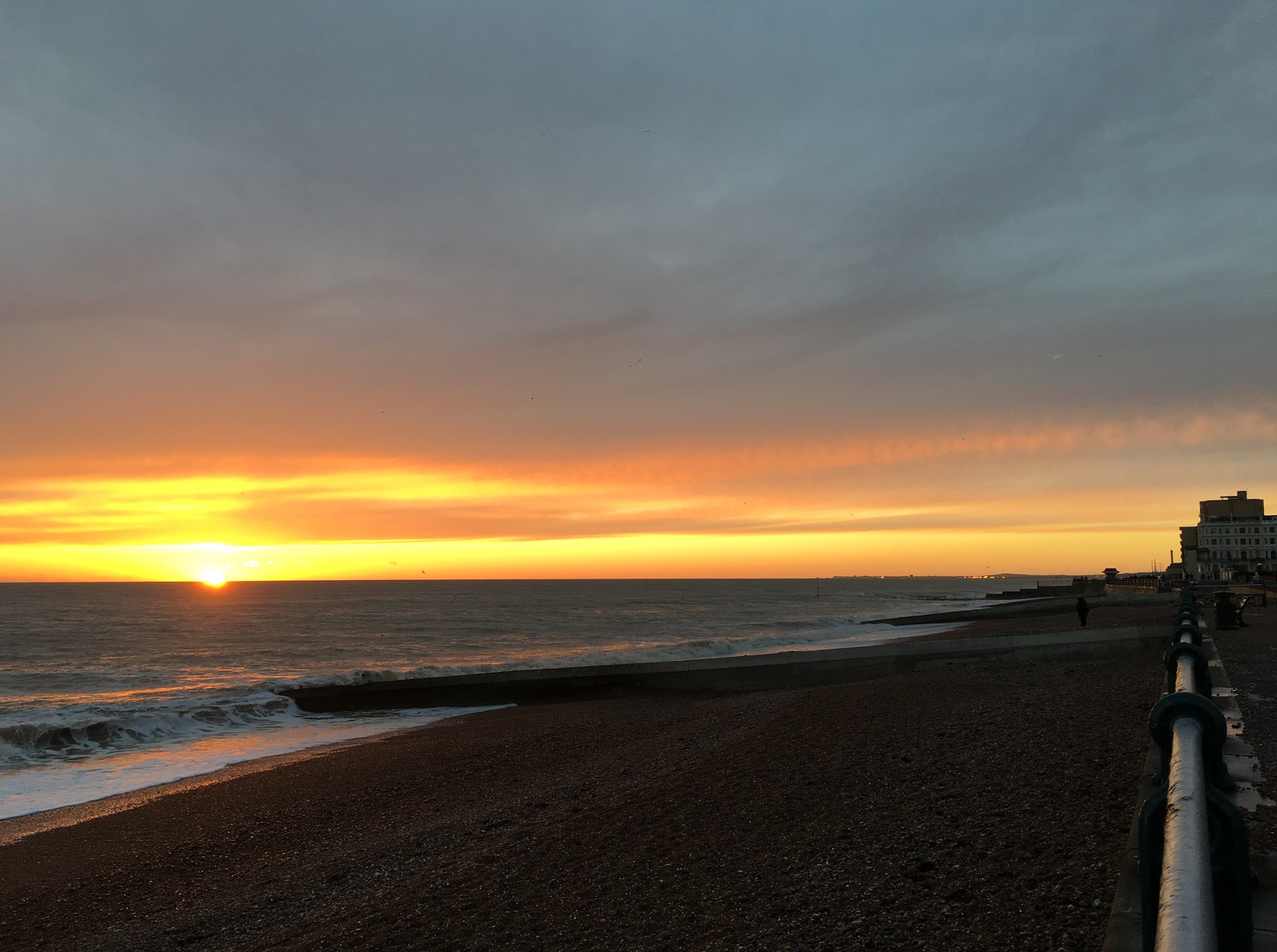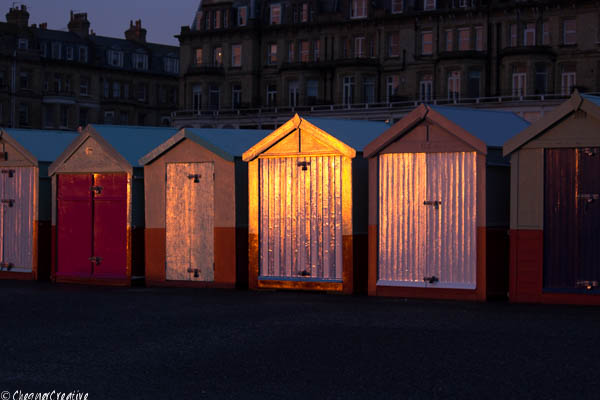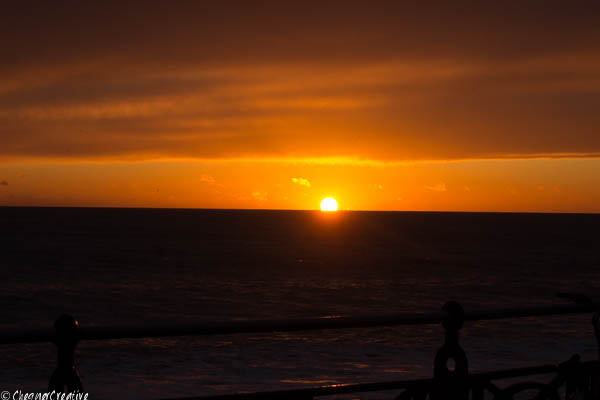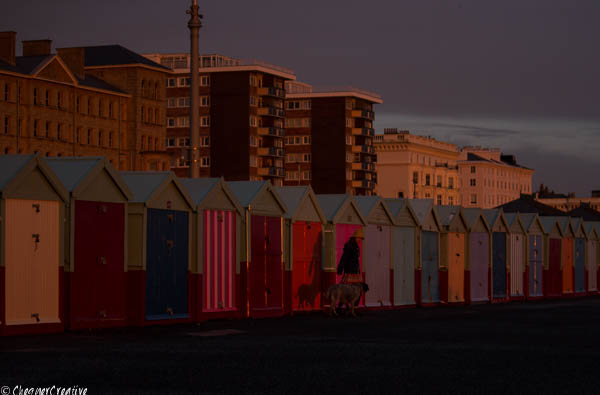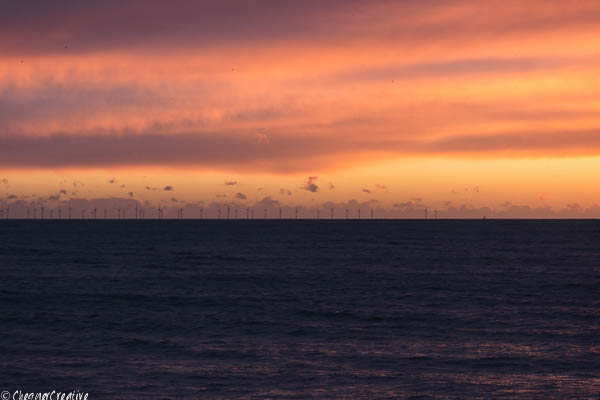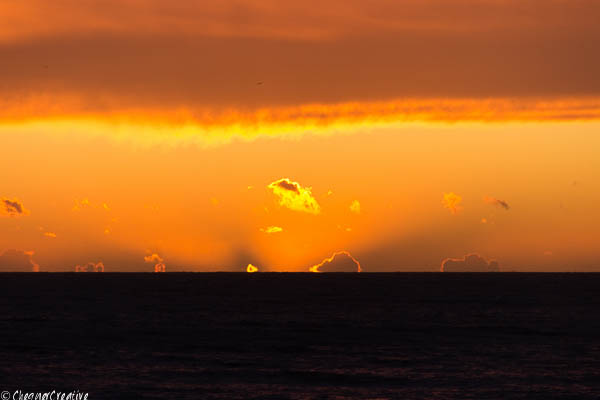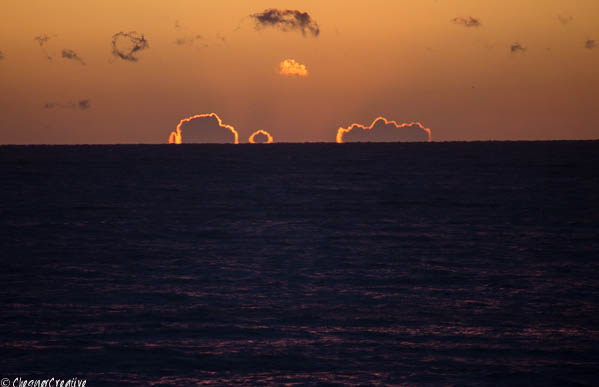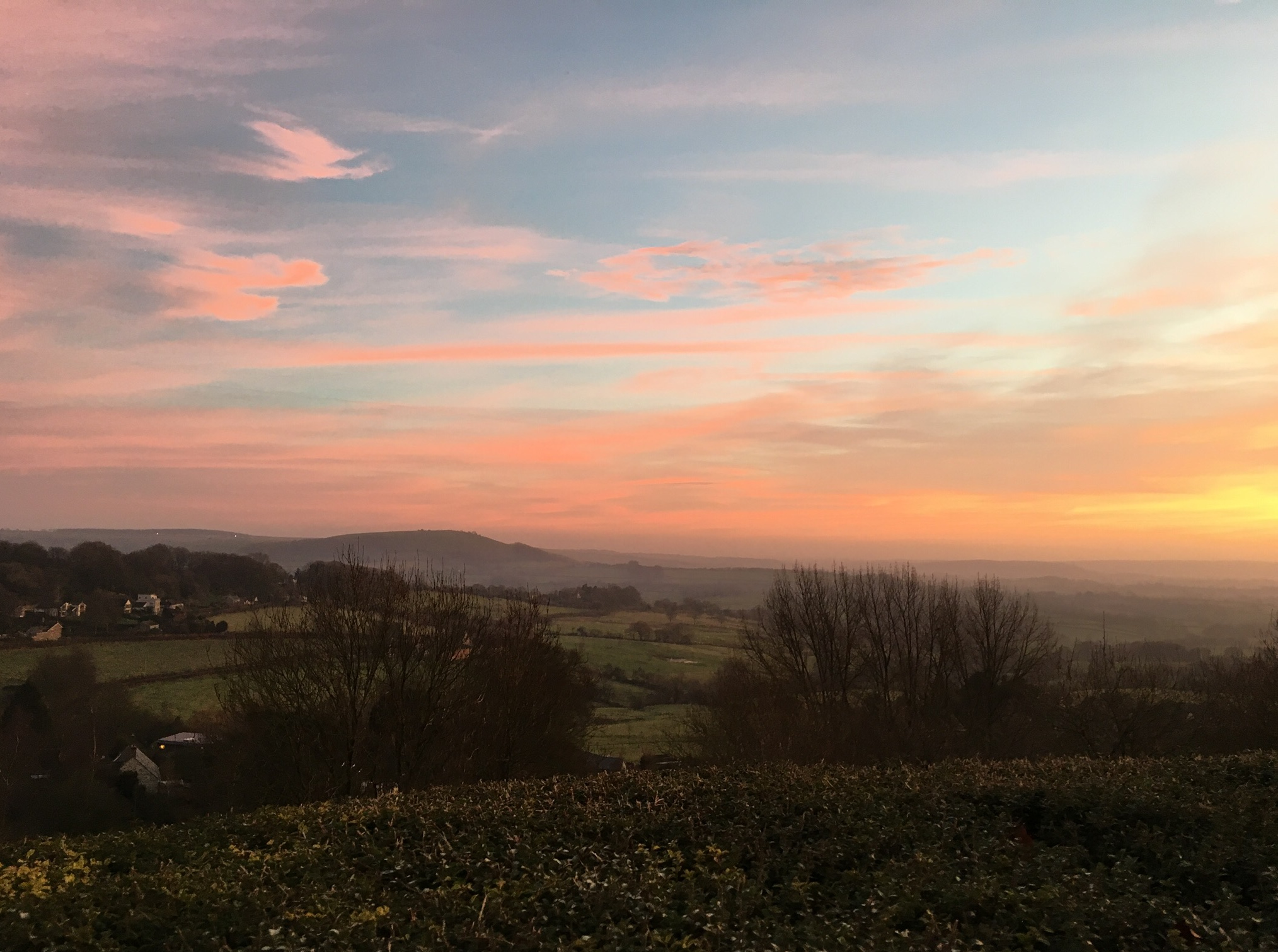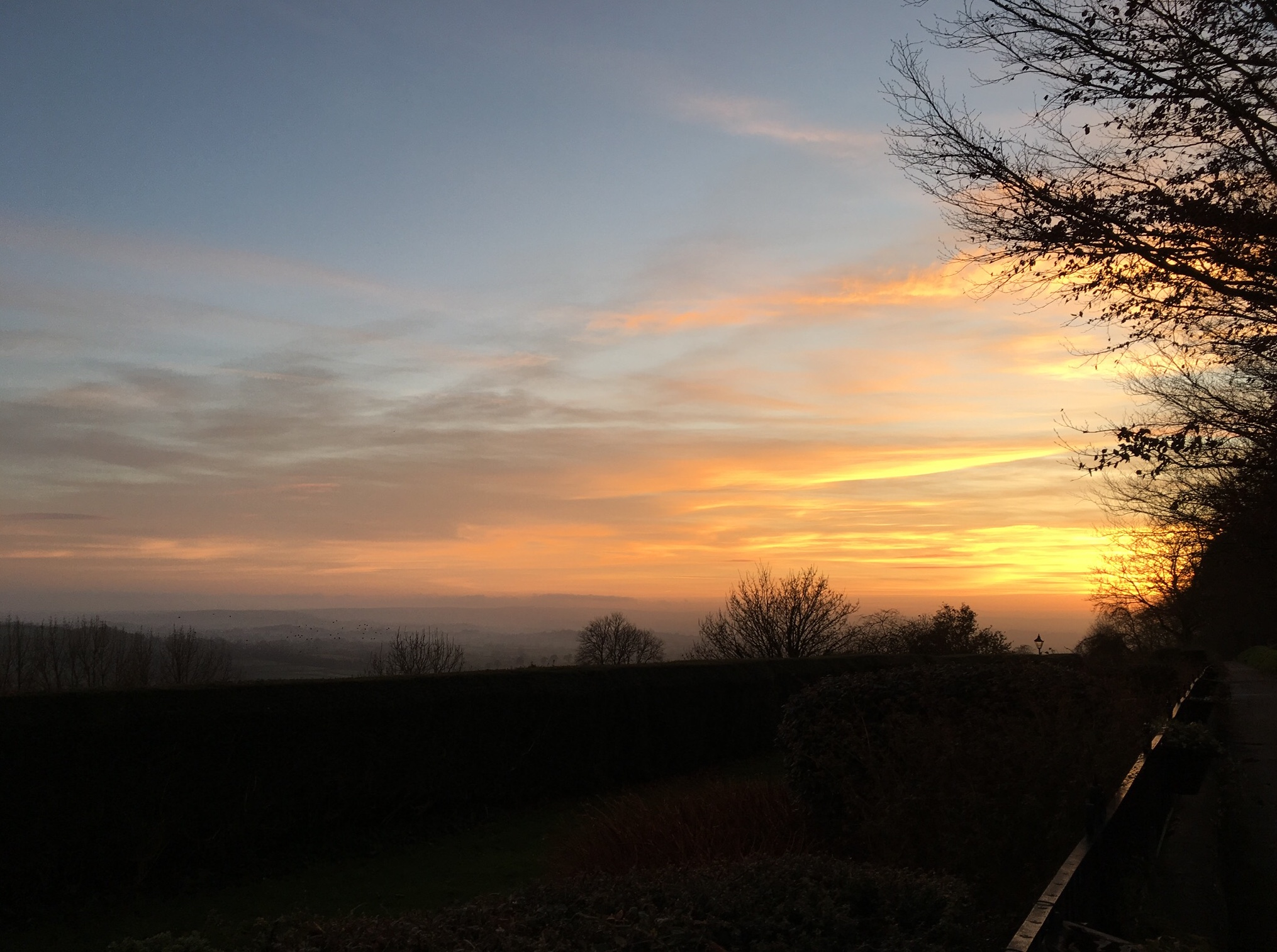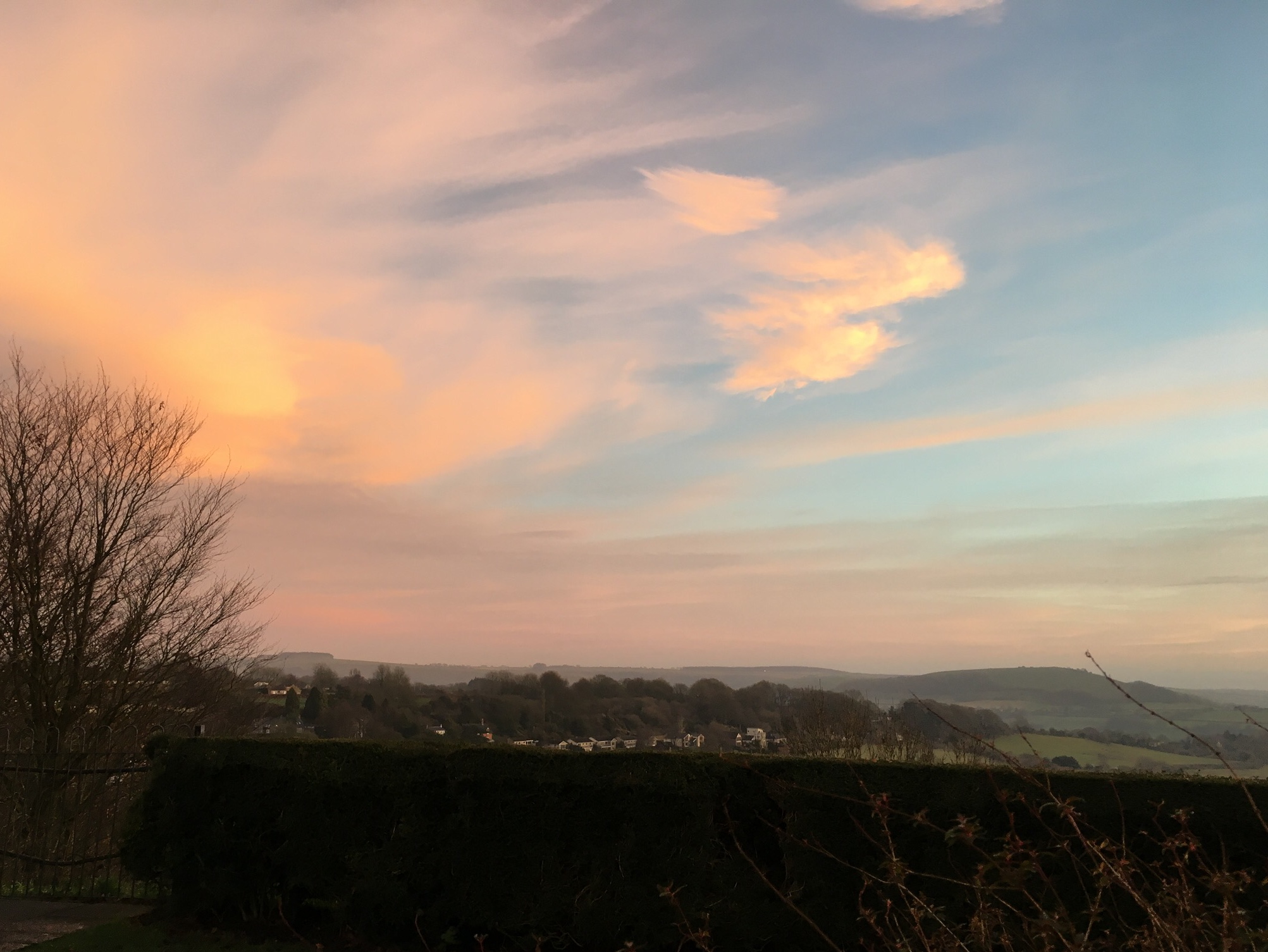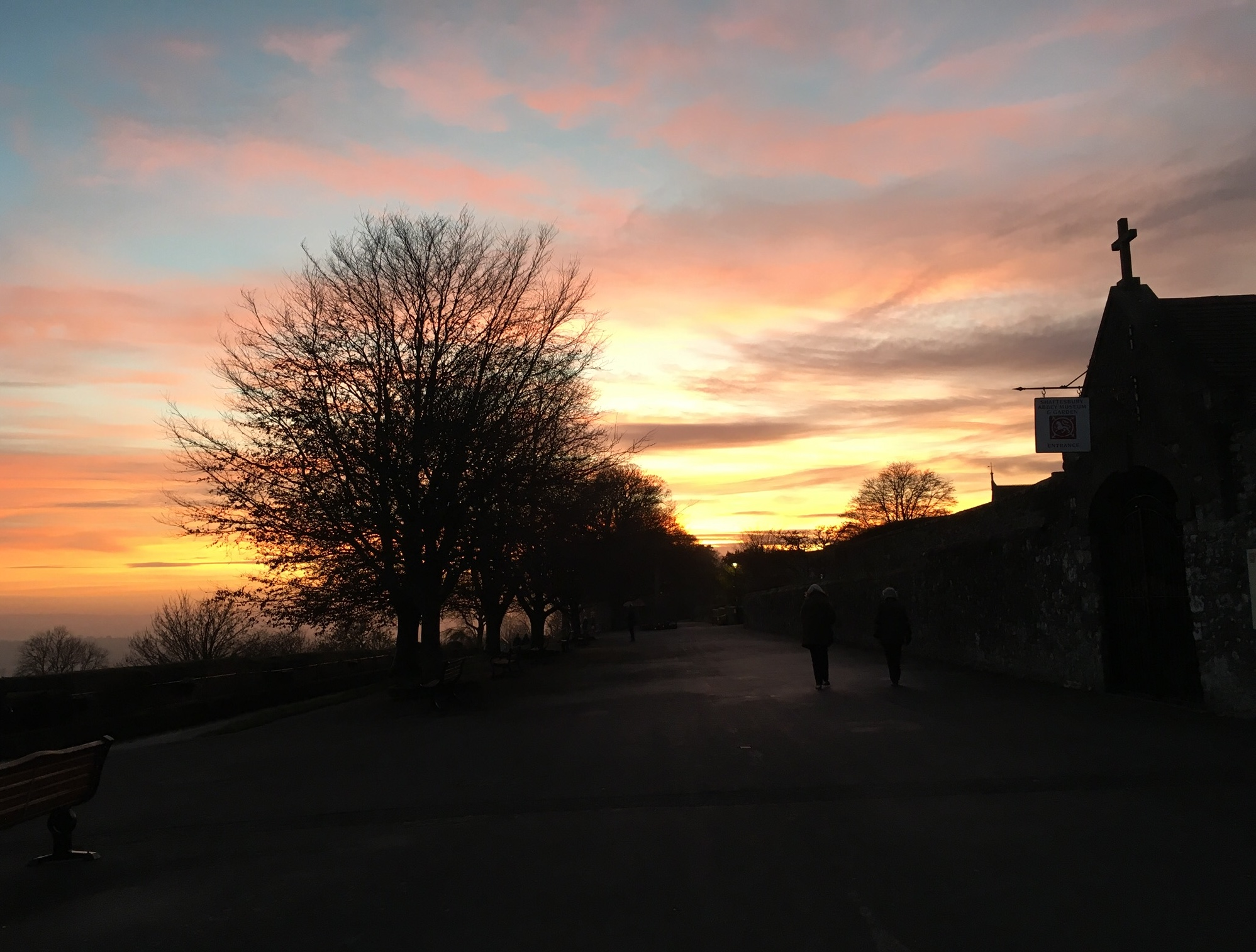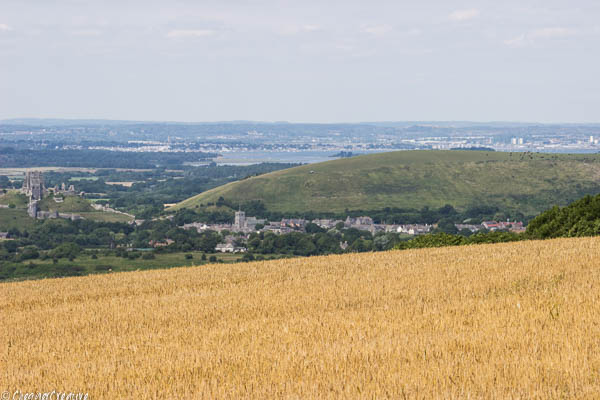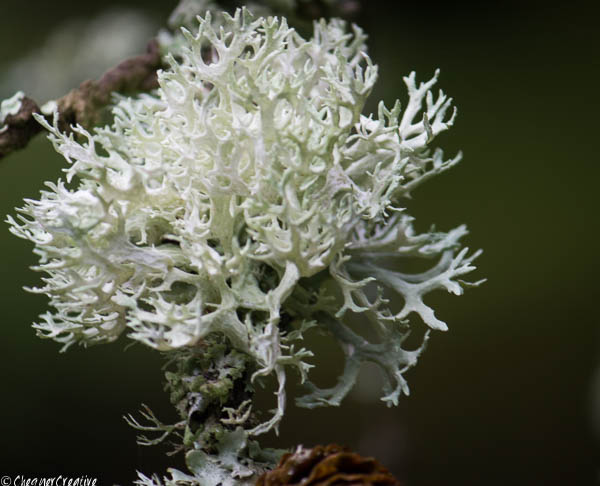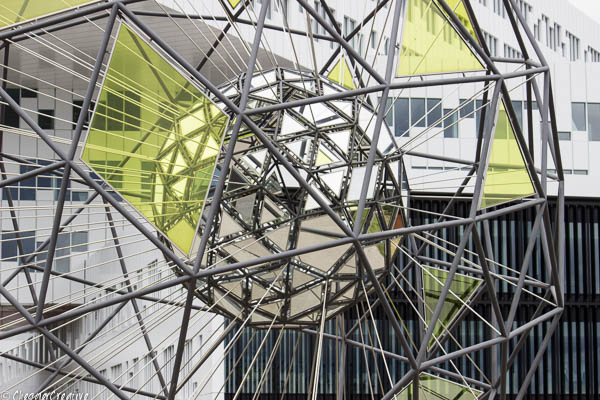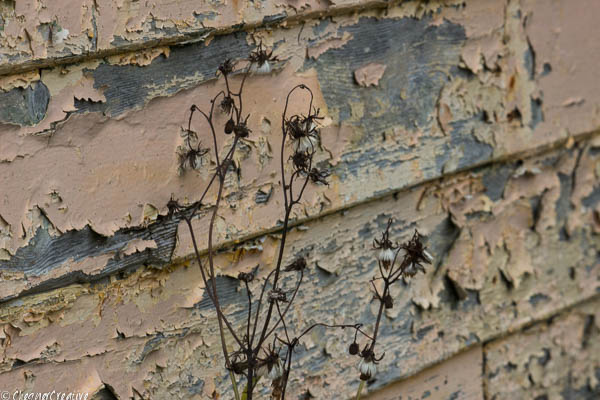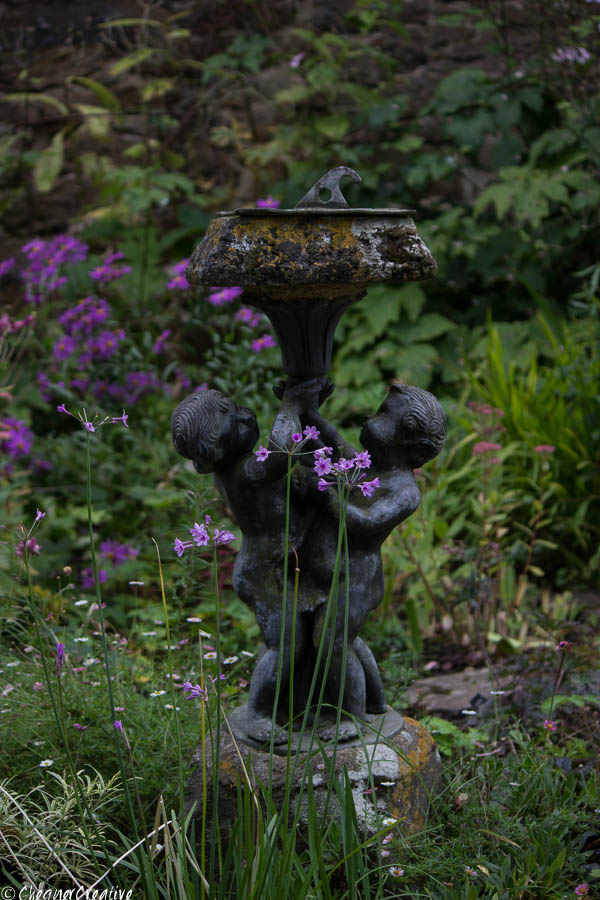On the 4th of August 1914 my great Aunt Rose and her sister Lily were enjoying their holiday in Belgium, you could say their timing wasn't perfect, what follows is the story of their adventures trying to make their way back to England through the war zone, as published in their local paper.
I make no apology for reposting this today
In memory of Rosina Eynon nee Poulden 1889 -1975
A flight from Liege
Southenders and the fighting
Young ladies thrilling experiences
How they came home to England
The following experiences of the Misses Poulden of ‘Kingsbury’ 357 Leigh Road Westcliff have been specially written for the Southend Standard. They only reached England on Friday evening after one of the most terrifying journeys young ladies could take by themselves. Actually witnessing the fighting as they journeyed down to the coast.. The story written by them is as under -
My sister and I left London on the 25th July with a party of tourists for our fortnight’s vacation, the first week of which was to be spent sightseeing in Brussels, and the second week enjoying the beautiful scenery of the Belgian Ardennes at the little village of Aywaille, which is situated close to the German frontier. The week at Brussels passed pleasantly without any event. On Saturday 1 August my sister, two Scotch girls and I left Brussels for Aywaille: the rest of the party going in other directions. At that time, although we knew that fighting was in progress between Austria and Serbia, we had no suspicions of other complications arising, and knowing that Belgium was neutral we felt perfectly safe. We reached Aywaille safely on Saturday evening, but on arriving at the hotel were rather astonished to find that there was no English guide there to meet us. We were the only four English speaking people in the town, and as our knowledge of the French language is limited we gained very little knowledge of the outside world.
On Sunday we explored the immediate neighbourhood, and on Monday took a train to Coo, which is even nearer the German territory than Aywaille, being quite unconscious of the troublous state of affairs. On Tuesday morning we came down to breakfast and were very much surprised to find the little village in a great state of excitement, and we managed to understand by their actions that Germany had declared war against Belgium and that the enemy was then marching towards the village. The inhabitants were in a state of panic; women and children were weeping, while the men were engaged in barricading the doors and windows, and collecting together their valuables.
Whole families were abandoning everything and rushing into the woods. Seeing how matters stood, we thought it advisable to make investigations regarding our homeward journey. To our great dismay on reaching the station we found that the train services between Aywaille and Liege had been stopped. We explained out position to the station master but he told us there was no way of reaching England. We then proceeded to the post office to telephone or telegraph the nearest British Consul, but found all the wires had been cut and that there was no means of communication whatever. Our efforts to obtain any conveyance proved fruitless as all vehicles had been commandeered for the army, and we were told that even if we could obtain a conveyance we should not be able to proceed far as the roads were barricaded. Now for the first time we began to realise the helplessness of our position. This proved a most wearing day. We sat outside the hotel silently wondering whether we should ever see our friends and relations again. Every time the German soldiers passed through the street, the inhabitants rushed into their houses and bolted the door. We seemed to have the village to ourselves. As the day wore on we became desperate and determined the next morning to attempt to continue our journey to Liege on foot, a distance of about 30 miles. The cook at the hotel, a woman, told us that her home was at Liege and that she would also accompany us.
The next morning (Wednesday) soon after 8 o’clock, we abandoned our luggage and started on our walk, not knowing that Liege was the centre of the fighting. We avoided all direct roads, going through woods and by narrow paths trough the Ardennes. The first seven or eight miles were completed without much inconvenience, except that at times the peasants, hearing that we spoke a language foreign to their own, jumped to the conclusion that we were German, and consequently, we were not very cordially welcomed. Naturally we hastened to undeceive them. As a matter of fact, before many hours had passed we were quite tired of using the sentence “nous sommes Anglais” These few words made a remarkable difference in the demeanour of the people towards us. They would smile, wish to shake hands, and try to tell us the best road, but one and all shook their heads and did their best to make us understand that we were undertaking a practically impossible task, as the roads further on were impassable, being lined with soldiers. We also heard reports of Belgian civilians being killed on the road, which whether true or untrue did not tend to give us much encouragement. As we proceed further the way became more and more difficult. On either side of each village roads and paths were blocked with trees which had been cut down and piled one on top of an other; telegraph poles were lying by the roadside and several times we had difficulty in extricating our feet from the entangled telegraph wires. Rain came down in torrents, and we heard what we first took to be thunder, but which afterwards proved to be cannon.
At about 2pm we met two men who were also trying to get into Liege. One was a Belgian soldier on his way to join his regiment at Namur. What the other man was we do not know, but he told us it was absolutely impossible for us to get back to England, as there were no trains running between Liege and Brussels, and also that there were no boats to England. The road now became harder and harder, and we certainly should not have been able to get over some of the blockages if it had not been for the Belgian soldier. At times he carried us bodily over trees and over overturned carts. Often we had to go out of our way and into the woods to avoid the soldiers. As we passed through the outskirts of Vise the report of the cannon and the cracking of rifles sounded louder and louder, and after each report we would look round to see whether all were safe. We could see smoke rising from among the trees. A Belgian soldier shot in the arm was taken into a cottage as we passed.
The man who had previously joined our party by this time appeared to us to be on very friendly terms with the cook and they conversed together in an undertone. They seemed to be talking about us, and we first had suspicions of our company when we heard them say “elles ne comprennend pas”. We asked the Belgian soldier who was with us whether there was a British consul in Liege and he replied in the affirmative. The other man on hearing our question, came up and said he was going to conduct us to the British consul. Being suspicious we asked him to write down the address of the British consul, which he did. By this time about 4pm we were nearing Liege in a practically exhausted condition, not having had any food or rest on the way; excitement alone kept us going. Here we met several other men going in the same direction. We tried to put questions to the newcomers regarding the address of the British consul and also trains from Liege, but each time the man with the cook would interfere saying he was going to guide us to the British Consul, and we could get no definite information. We became more anxious and while three of us kept the cook and the man in conversation in broken French the other Scotch girl loitered behind and begged a man to try to find out for us the address of the consul in Liege. This address proved to be quite different from the one given by the other man. From time to time we heard that there were trains running from Liege but these were contradicted by our first companions. Now as we neared Liege we found the road blocked by Belgian soldiers and civilians and we had to prove our nationality before we were allowed to pass.
After this the road was less obstructed and presently we saw a motor car coming towards us. The Belgian soldier stopped the car, showed a paper and before we realised what was happening, the car was turned round and our friendly soldier born away.
At about 5pm we entered the town and were thankful to find that the street trams were still running. We all boarded a tram which we took to the middle of the town. The man who had given us the printed address of the consul said quietly to us as we were getting on to the car “A la Grande Place demandes un gendarme” (at the Grand Place ask for a policeman). Although we were in an absolutely exhausted condition, we realised the necessity of bearing up and acting for ourselves. The destination of the car happened to be the Grande Place itself. The cook and her companion got out with us and the man told us now that we were out of danger and that he would conduct us in a carriage to the British counsel. We told him we wished to go alone, but we could not get rid of him. Meantime one of the Scotch girls had found an officer to whom she explained as best she could that she did not trust the man with us and asked to be directed to the station. He seemed to understand and pointed out a certain tram. We went towards the tram but the man followed us, telling us to come with him in a carriage to the consul. We only succeeded in getting rid of the man after the officer had spoken to him. We were quite thankful to get into the car free from our companions.
The streets of Liege presented a strange sight; soldiers tired out by either fighting or walking were lying about the streets like cattle.
On arriving at the station we found to our relief that the trains were still running to Brussels. On the platform we met the Belgian soldier who had helped us earlier in the day. We offered him money in repayment for his kindness, which he courteously refused. He saw us safely into the train, wished us “Bon voyage” and hastened to his own train for Namur. The journey to Brussels which usually takes about two hours on this occasion took five hours, we not arriving in Brussels until 11pm. We put up in an hotel for the night and after breakfast on Thursday morning went to the British Consul. He told us we had had a wonderful escape and advised us to catch the first possible train to Ostend, and then, to use his expression “to nip into the first boat to England”. He also advised us to wear our national colours, which we were ready enough to do. Those in the street were sporting Belgian, French and English colours. On our way to the station we heard reports that Vise, the town through which we had passed, and Aywaille, where we had stayed had been burned to the ground. If these reports are true we have reason to be thankful.
We had three hours to wait for a train from Brussels to Ostend. As we were entering the carriage a wounded soldier was brought along and we were asked if we would take charge of him to Ghent. He had just come from active service at Liege, where he had been shot in the leg. They placed him full length on one side of the carriage. He looked in a very sorry plight, with dirty bloodstained face and hands. We made him as comfortable as we could under the circumstances.
At Ostend we had to undergo very close scrutiny before we were allowed on the boat, but had no trouble in establishing our nationality. The boat left at about 3.30pm and after a very rough passage we arrived at Folkestone at about eight pm and eventually at Charing Cross at eleven pm.
I am confident that nobody was ever more pleased to set foot on English ground than we were. It will be very many years before we forget our “holiday” in Belgium.
Published in the Southend Standard 18th August 1914
